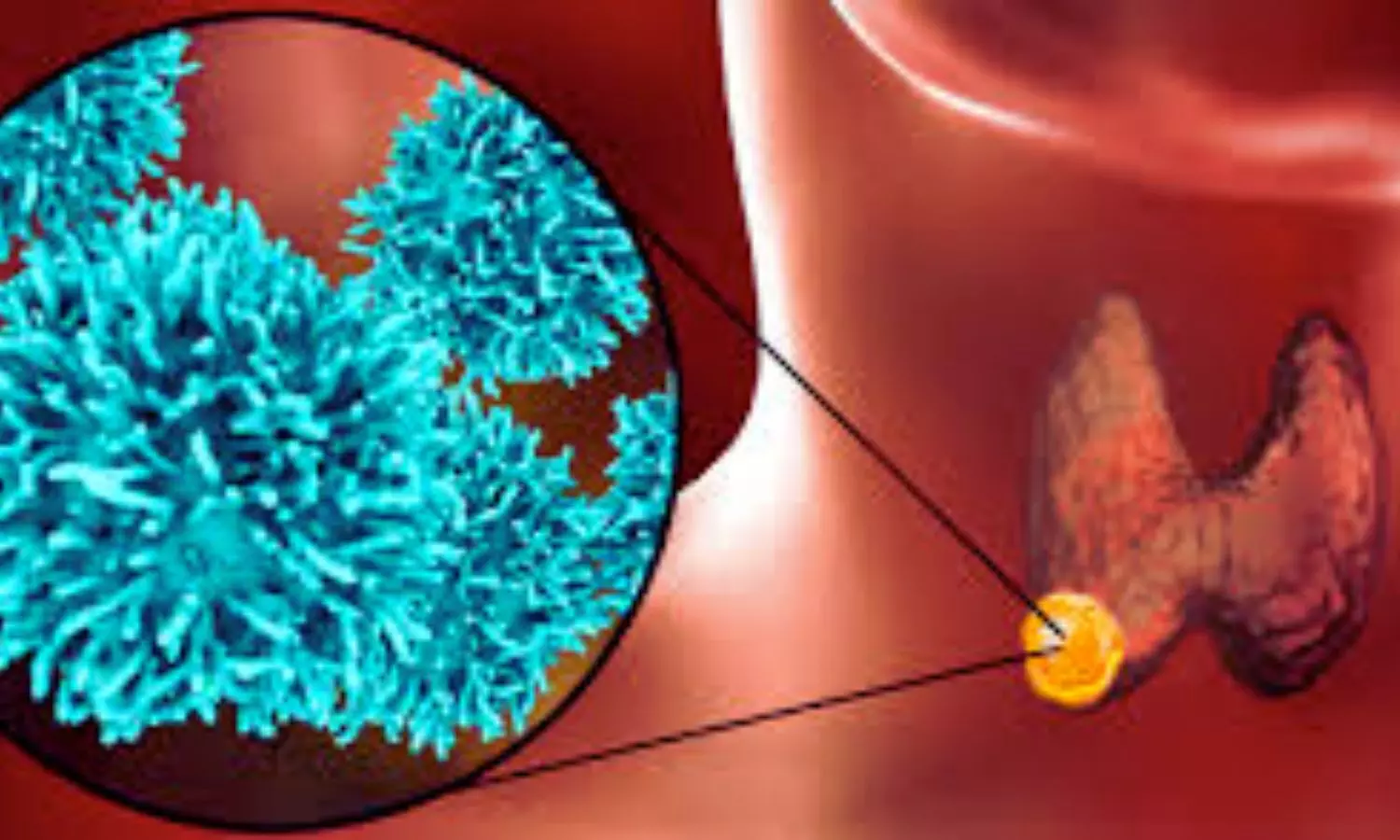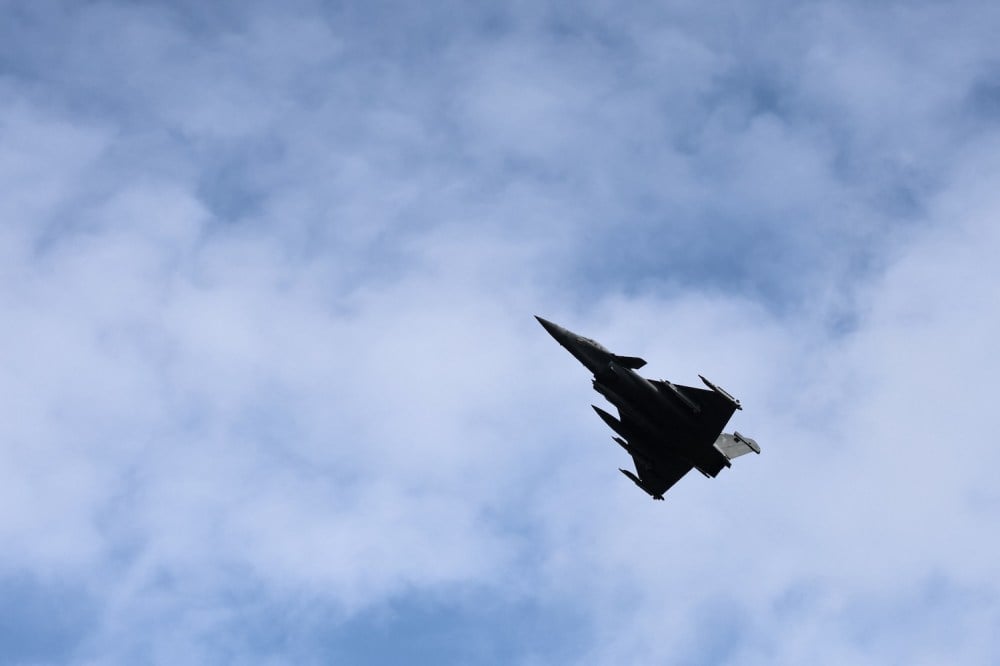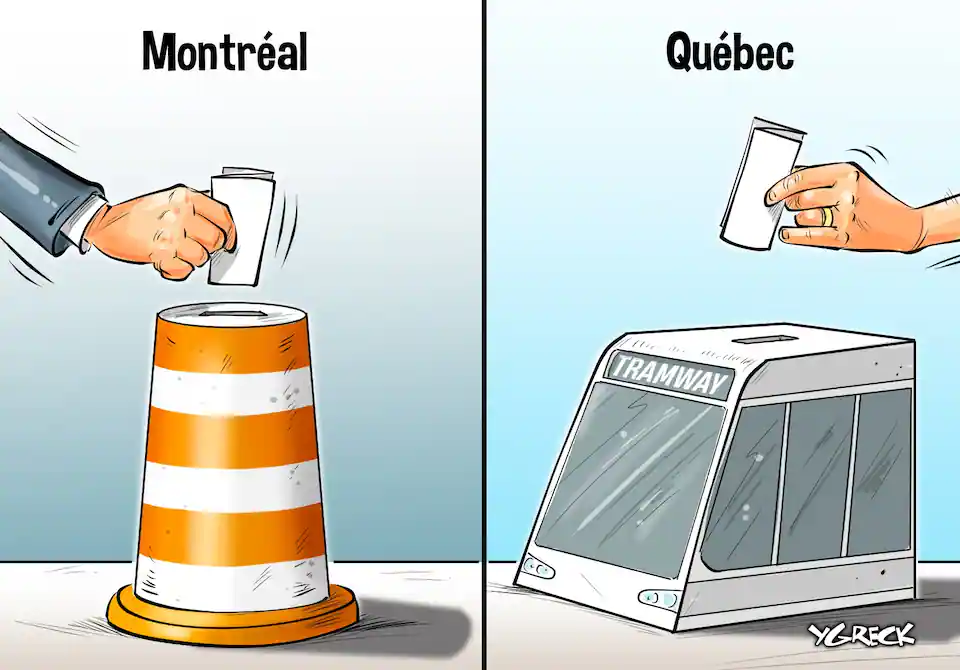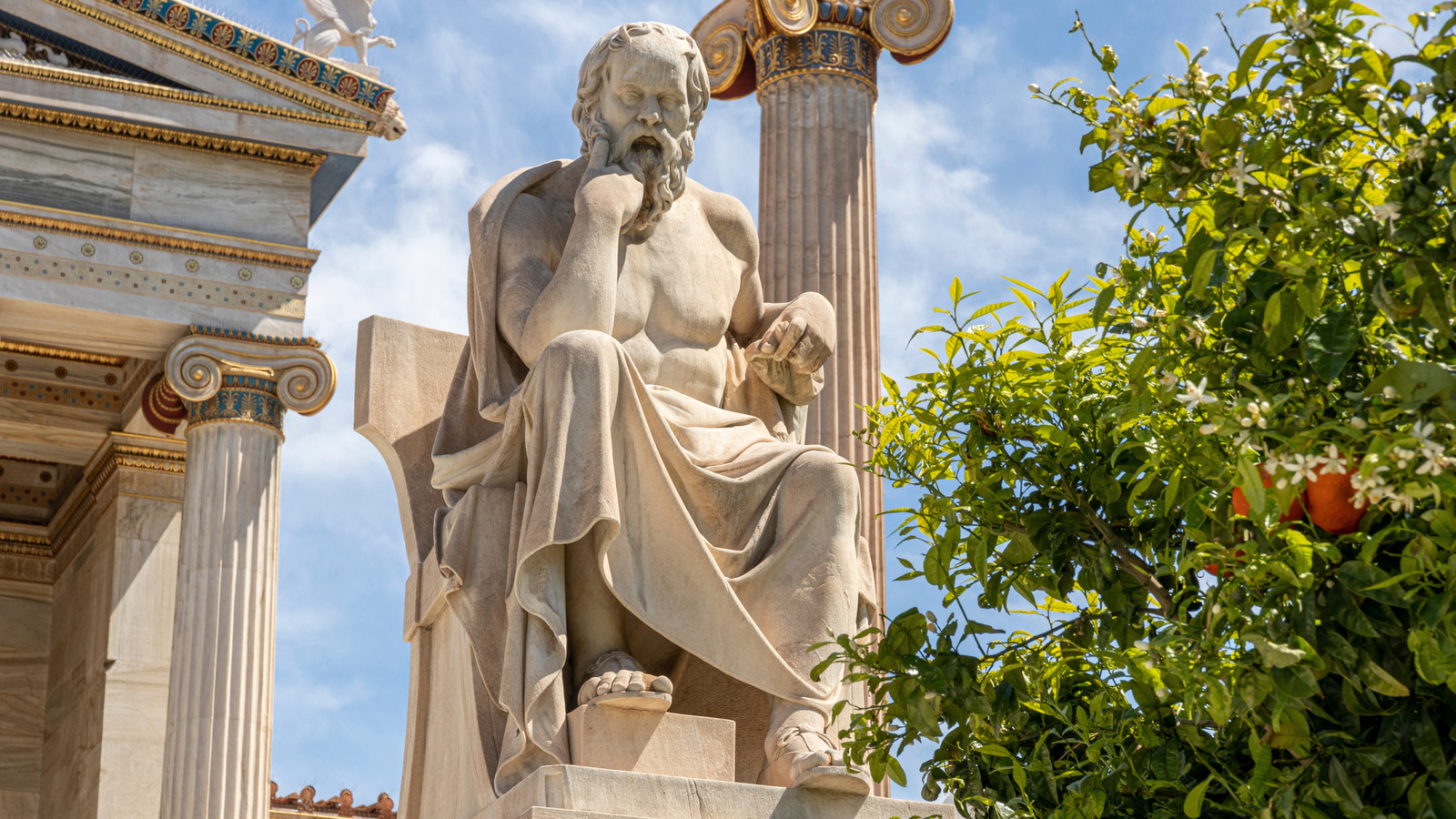Copyright The Boston Globe
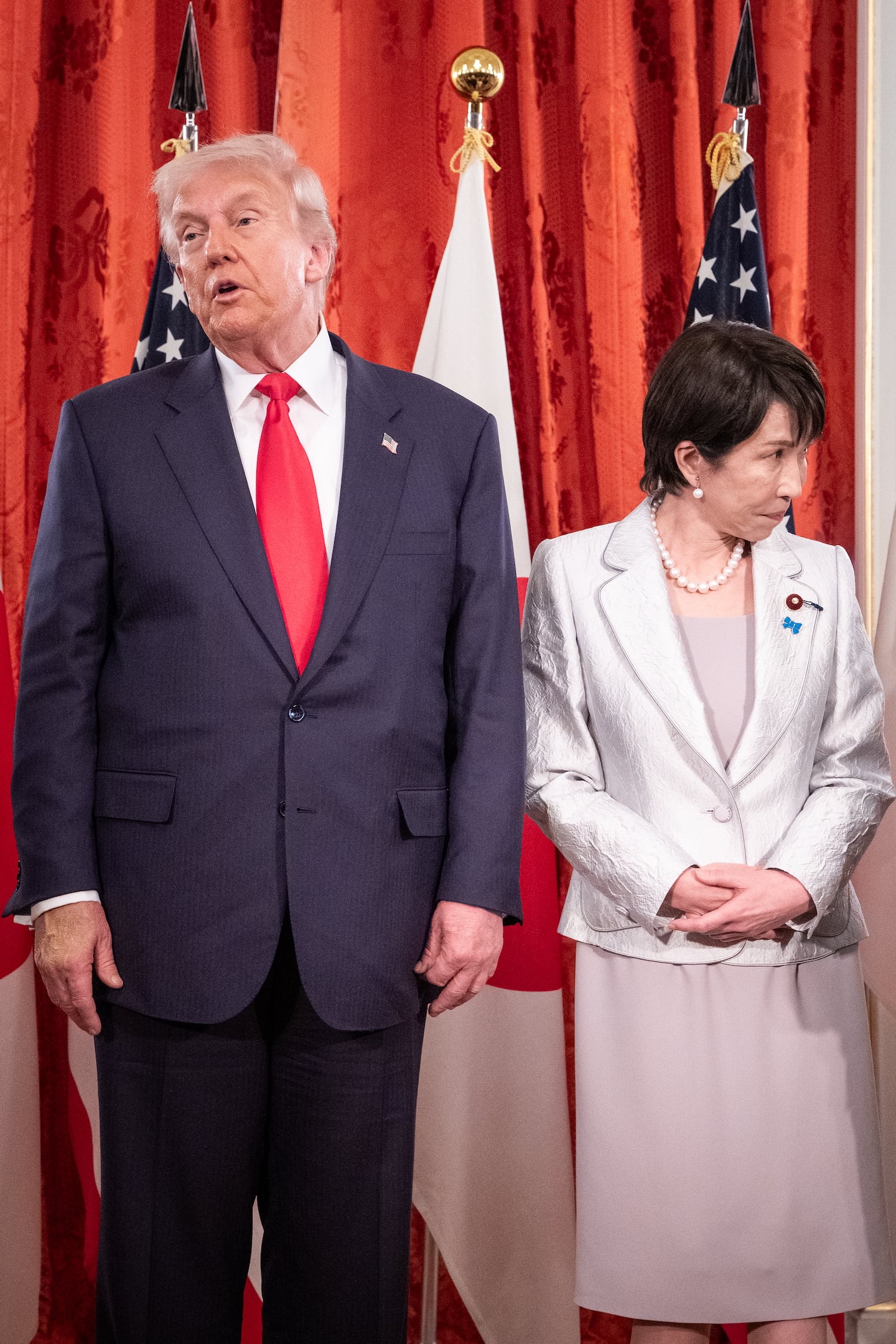
She also took a page out of her political mentor’s playbook by promising Trump that she would nominate him for the Nobel Peace Prize. Many leaders around the world this year have made similar commitments to Trump as he projects an image as a global peacemaker, but Abe reportedly nominated him six years ago for jump-starting negotiations with North Korea. Throughout the day, Takaichi promoted the dawn of a new “golden age” of Japan-US relations, appealing to the president’s penchant for gilded aesthetics. In a grand room in the palace, the two signed an agreement to cooperate on critical minerals, providing Trump with some leverage two days before he is scheduled to meet with Chinese leaders in South Korea, where the parties will seek to stabilize their economic relationship following months of a tit-for-tat trade war. China has leveraged its dominance of rare earth minerals amid the negotiations, announcing this month that it would dramatically expand export restrictions on them. US negotiators have sought a one-year reprieve from China’s critical-mineral restrictions ahead of Trump’s meeting with Xi on Thursday, though the president has cautioned that no deal will be final until the leaders meet face-to-face. The Japan agreement is one of a flurry of critical-mineral partnerships that the White House has secured with countries in the Indo-Pacific region, including Australia and Malaysia. Trump’s trip to Japan was an early test of whether Takaichi could build inroads with the American president as the countries grapple with security commitments, trade tensions, and the threat of China. Japan faces a daunting promise to invest $550 billion in the United States in exchange for lower tariff rates, and Trump administration officials have signaled they want Japan to pay more money to host US troops. Trump has also questioned the foundation of the seven-decade security alliance with Japan, which has raised concerns during a time of repeated Chinese incursions into Japanese waters. At the same time, Japanese officials fear that Russia’s war in Ukraine could embolden China to attack Taiwan and draw Japan into the conflict. The visit is Trump’s second stop on a swing through Asia intended, in part, to shore up US alliances with countries near China. When he landed on Monday, the Tokyo Tower, Tokyo Skytree, and Tokyo metropolitan government buildings were lit in red, white, and blue to welcome him. Before Trump even arrived in Japan, he heaped praise on the prime minister, known as a “Japan First” nationalist. On Tuesday at the palace, Trump said he enjoyed a “great” friendship with Abe before he was assassinated in 2022 and told Takaichi that Abe spoke warmly of her before his death. “I want to just let you know, anytime you have any question, any doubt, anything you want, any favors you need, anything I can do to help Japan, we will be there,” Trump said. “We are an ally at the strongest level.” While Trump has cultivated European and Middle Eastern allies during his second term, he doesn’t have a go-to Asian counterpart. Tuesday’s bilateral was a preliminary assessment of whether Takaichi could fill that void. “There’s not really any significant head of state with that relationship,” said Takayuki Nishiyama, a political science professor at Seikei University. “With regard to Prime Minister Takaichi, she is a very smart person and gives a very good impression. But, at the same time, her foreign and diplomatic experience is limited at this point. It is an unknown.” Over a lunch of American rice and beef cooked with Japanese ingredients, the prime minister presented Trump with a map of the investments Japan is making into the United States, after the country committed to pouring $550 billion into the United States in exchange for lower tariffs. In return, Trump signed lunch menus for Takaichi and her delegation. Takaichi announced that Japan would give the United States 250 cherry blossom trees and provide fireworks for a July 4 celebration ahead of the celebration of the 250th anniversary of the country’s founding. On Tuesday evening, Trump posed with CEOs of companies that have pledged hundreds of billions in new investments in the United States. He also addressed a broader group of business leaders — describing them as “a who’s who” — seated at candlelit tables. The president called out one company in particular, Carrier, for its “big contribution” to “the White House fund,” referencing an ongoing construction project in which the East Wing was demolished to construct a ballroom. Takaichi believes in a strong US-Japan alliance, particularly in the face of China’s economic and military rise. A security hawk who wants to strengthen Japan’s defense capabilities, Takaichi has said she would accelerate Tokyo’s timeline of increasing defense spending to 2 percent of its gross domestic product. Trump had a friendly summit with Shigeru Ishiba, Takaichi’s predecessor, during the two leaders’ first meeting in February at the White House. Trump heralded the bilateral relationship as “fantastic,” saying Ishiba, who had taken office four months earlier, was “a very strong person” who was “going to be a great prime minister.” Trump claimed that Abe “thought the world of” Ishiba, despite Ishiba being a longtime critic of the late prime minister. But Ishiba’s short time as prime minister was marked by prolonged trade negotiations and tensions between the two countries over Trump’s tariffs that targeted key Japanese industries. Ishiba, who had faced domestic political troubles, announced his resignation last month after signing the new trade agreement with the US, saying he viewed the deal as his final responsibility. Takaichi came into office without the baggage of a trade deal, analysts say. Some officials in Tokyo have been frustrated about Trump’s tariffs, which targeted Japan’s main industries and afforded Japan no special treatment, despite it being the largest foreign investor in the United States and a key partner in US efforts to counter an increasingly assertive China. That’s one reason the stakes were so high for Takaichi’s first encounter with the American president, said Takeo Mori, a career diplomat and adviser to the minister for foreign affairs. “It is so important to establish the personal relationship first,” Mori said in an interview in his office, which contains several photos of him with Trump. “Everything else can come after.” Embed code:
